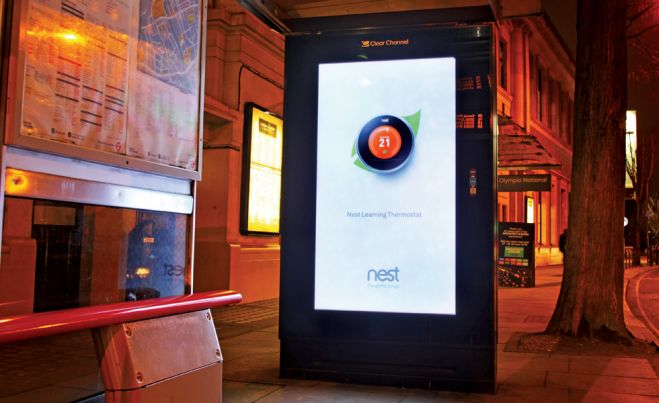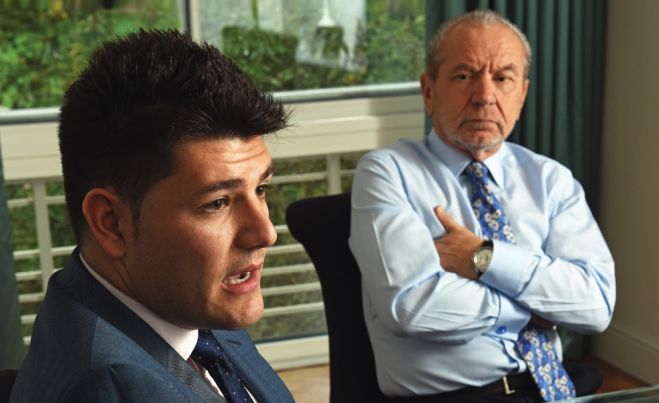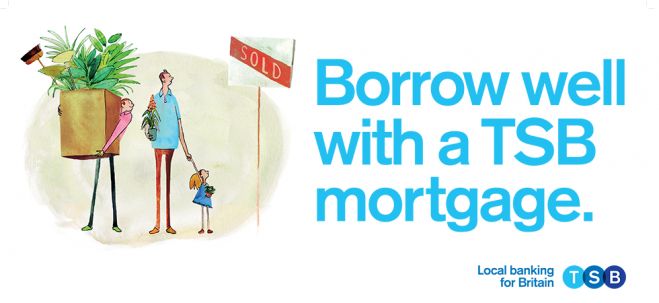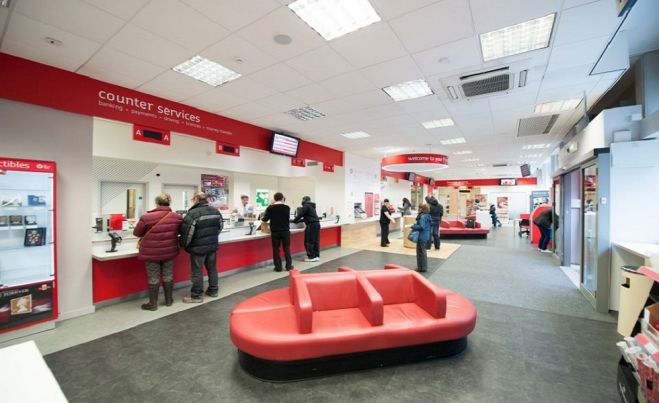Outdoor advertising’s digital transformation
Over the past few weeks, every out-of-home (OOH) advertising frame in the UK has been given a 10-digit code to automate trading of sites between media agencies and owners. The code allocator, called Space, will cut man hours and work in OOH ad trading and planning, according to the UK marketing body for the industry, Outsmart, formerly the Outdoor Media Centre. “Instead of humans having to do hours [of work], machines can talk to each other and do the same work quickly,” explains Alan Brydon, CEO at Outsmart. “In any business, if you can get the functional stuff out of the way, your talented people can spend more time doing what is important – having good ideas and working with customers to get better solutions.” Another innovation announced this month is from Ocean Outdoor, which is gearing up to launch The Loop Live in 2016. The trading system enables brands to buy OOH advertising by number of ‘impacts’. Advertisers will be able to decide on the audience, time and locations and using that data Ocean’s system will optimise the campaign across screens. This offering will be rolled out to 20 double-sided digital screens in 12 locations in Birmingham city centre, which offer full-motion, real-time ad placements and are fitted with cameras and NFC technology. The trading technology will also be available for other Ocean Outdoor sites known as The Grid, which consists of eight digital screens in six cities. These innovations are a few of examples of where OOH media owners have made strides in digital offerings this year, which will change the way brands buy outdoor advertising in 2016. Nearly a quarter of outdoor advertising spend is digital. According to a study by media agency Kinetic Worldwide, the total inventory of digital OOH sites in the UK is set…
Read more...















